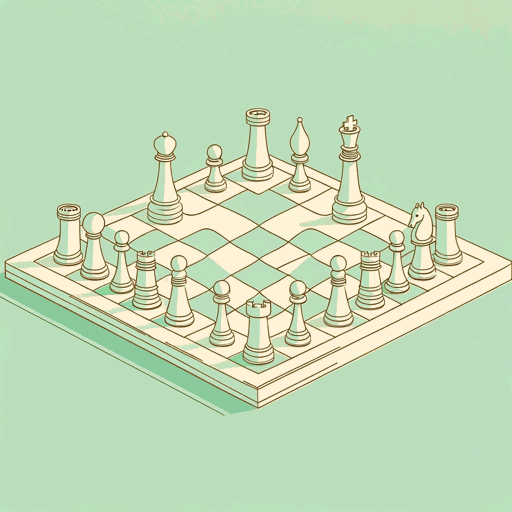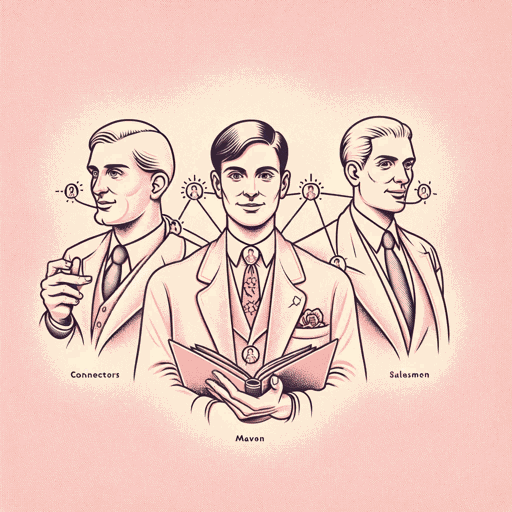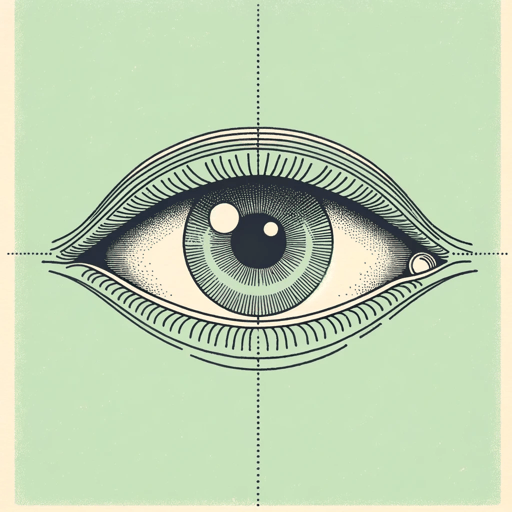61 pages • 2 hours read
Malcolm GladwellWhat the Dog Saw: And Other Adventures
Nonfiction | Book | Adult | Published in 2009A modern alternative to SparkNotes and CliffsNotes, SuperSummary offers high-quality Study Guides with detailed chapter summaries and analysis of major themes, characters, and more.
Background
Authorial Context: Malcolm Gladwell—A Curious Thinker at the Turn of the 21st Century
The essays in What the Dog Saw and Other Adventures are extracted from The New Yorker magazine and appeared as articles around the turn of the 21st century. Chronologically, the selection in the book spans from the 1996 “Blowup,” about who is to blame for disasters, near the beginning of his tenure as a staff writer for The New Yorker, to December 2008’s “Most Likely to Succeed,” which looks at the disparity between predictors of success and actual performance.
Gladwell wants readers to consider his essays thematically rather than chronologically and thus arranges his work in three parts according to the broad categories of minor geniuses, faulty predictions, and personality traits. Still, in some cases, the timing of his essays coincides with the writing and publication of his three earlier books, The Tipping Point: How Little Things Can Make a Big Difference (2000), Blink: The Power of Thinking Without Thinking (2005) and Outliers: The Story of Success (2008). In other aspects, his writing reflects recent world events.
Gladwell’s idea that small things make a big difference, expressed in The Tipping Point, features in these essays in his conscious decision to look for genius and innovation in lesser-known people and events. While this notion underpins all of Part 1, the minor-genius section, it is especially evident in “True Colors,” written on March 22, 1999, in which Gladwell traces the women’s-liberation movement through the so-called frivolous household product of hair dye.
Related Titles
By Malcolm Gladwell

Blink: The Power of Thinking Without Thinking
Malcolm Gladwell

David and Goliath: Underdogs, Misfits, and the Art of Battling Giants
Malcolm Gladwell

Outliers
Malcolm Gladwell

Talking to Strangers: What We Should Know About the People We Don’t Know
Malcolm Gladwell

The Bomber Mafia: A Dream, a Temptation, and the Longest Night of the Second World War
Malcolm Gladwell

The Tipping Point: How Little Things Can Make a Big Difference
Malcolm Gladwell

